Inside the multimillion-dollar plan to bring back extinct Tasmanian tiger
Some critics say bid to achieve first ‘de-extinction event’ is just ‘fairytale science’

Scientists in Australia and the US are launching a multimillion-dollar project to bring the Tasmanian tiger back from extinction.
The last-known member of the carnivorous marsupial species – officially known as a thylacine – died in a zoo in 1936, but researchers believe the creature could be recreated using stem cells and gene-editing technology, said Australian Geographic.
“I now believe that in ten years’ time we could have our first living baby thylacine,” said Professor Andrew Pask, who is leading the $10m project at the University of Melbourne in partnership with the Texas-based company Colossal.
The Week
Escape your echo chamber. Get the facts behind the news, plus analysis from multiple perspectives.

Sign up for The Week's Free Newsletters
From our morning news briefing to a weekly Good News Newsletter, get the best of The Week delivered directly to your inbox.
From our morning news briefing to a weekly Good News Newsletter, get the best of The Week delivered directly to your inbox.
How it could work
The scientists will begin by trying to build a complete genome. Liam Mannix, national science reporter for the Sydney Morning Herald, said the team will combine thylacine DNA with that from the fat-tailed dunnart, a mouse-sized marsupial that is the tiger’s closest living relative.
The next challenge will be to get the genome inside a stem cell and prompt the stem cell to become an embryo. Then, the embryo would be nurtured in a womb into a baby tiger, which will need to be “raised to adulthood – alone, as the only living example of its species”.
‘Fairytale science’
Some scientists doubt whether the project can – or even should – succeed. “De-extinction is a fairytale science,” Associate Professor Jeremy Austin from the Australian Centre for Ancient DNA told the Sydney Morning Herald. He dismissed the project as “more about media attention for the scientists and less about doing serious science”.
Hudson Institute’s Professor Alan Trounson also cast doubt on the chances of bringing back the Tasmanian tiger. “Them fellas are lost, it seems,” he said.
A free daily email with the biggest news stories of the day – and the best features from TheWeek.com
But Dr Mike Westerman, an expert in marsupial DNA at La Trobe University, questioned the long-term practicality of the plan. “Where on earth would a self-sustaining population be maintained?” he asked.
Colossal also faced scepticism last year with its plan to use similar gene-editing technology to bring the woolly mammoth back to life, a target it has yet to realise.
The New York Times said the plan raised “serious ethical questions”, including whether it would be “humane to produce an animal whose biology we know so little about” and who would ultimately be making the decisions about whether the tigers could be “set loose”.
Extinction crisis
The project is expected to take at least ten years to complete. If successful, it would “mark the first ‘de-extinction event in history” and “represent a remarkable achievement for the researchers attempting it”, said the BBC.
The longer-term plan would be to introduce the animal in a controlled setting on private land in Tasmania with an ultimate goal of returning it to the wild. The researchers said returning an apex predator to the state could help rebalance its ecosystem.
Pask said he hoped the project could also have a wider impact in helping to address an extinction crisis. With the planet changing too rapidly for existing conservation techniques to save many threatened species, “we have to look at other technologies and novel ways to do that if we want to stop this biodiversity loss”, he told The Guardian.
However, noted Scientific American, critics fear that the “glamour of de-extinction will rob attention and funding from conservation projects”. A 2017 study found that allocating sums to existing endangered species programmes rather than giving the same amount of money to de-extinction efforts would mean about two to eight times more species could be saved.
Chas Newkey-Burden has been part of The Week Digital team for more than a decade and a journalist for 25 years, starting out on the irreverent football weekly 90 Minutes, before moving to lifestyle magazines Loaded and Attitude. He was a columnist for The Big Issue and landed a world exclusive with David Beckham that became the weekly magazine’s bestselling issue. He now writes regularly for The Guardian, The Telegraph, The Independent, Metro, FourFourTwo and the i new site. He is also the author of a number of non-fiction books.
-
 Political cartoons for January 4
Political cartoons for January 4Cartoons Sunday's political cartoons include a resolution to learn a new language, and new names in Hades and on battleships
-
 The ultimate films of 2025 by genre
The ultimate films of 2025 by genreThe Week Recommends From comedies to thrillers, documentaries to animations, 2025 featured some unforgettable film moments
-
 Political cartoons for January 3
Political cartoons for January 3Cartoons Saturday's political cartoons include citizen journalists, self-reflective AI, and Donald Trump's transparency
-
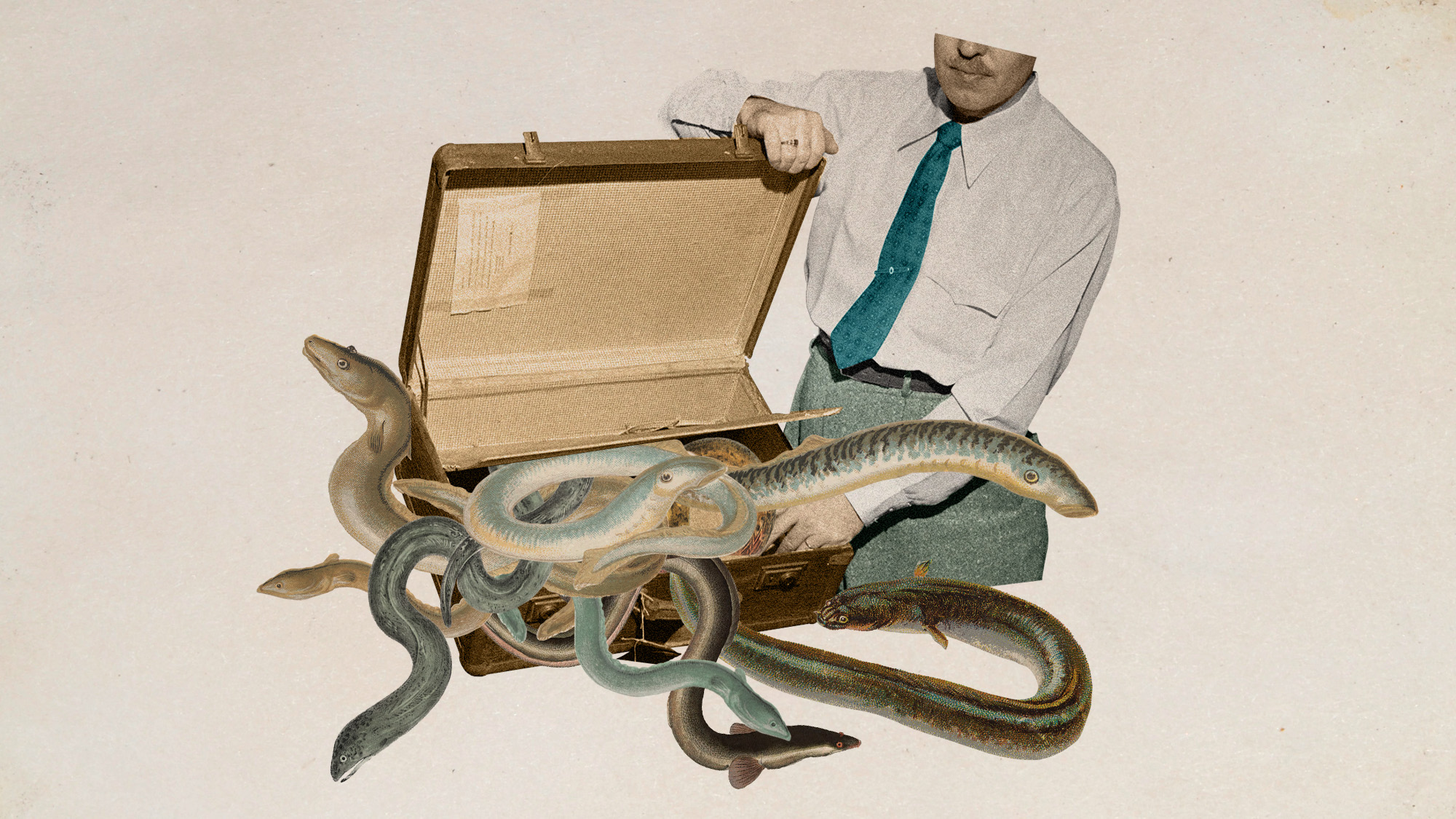 Eel-egal trade: the world’s most lucrative wildlife crime?
Eel-egal trade: the world’s most lucrative wildlife crime?Under the Radar Trafficking of juvenile ‘glass’ eels from Europe to Asia generates up to €3bn a year but the species is on the brink of extinction
-
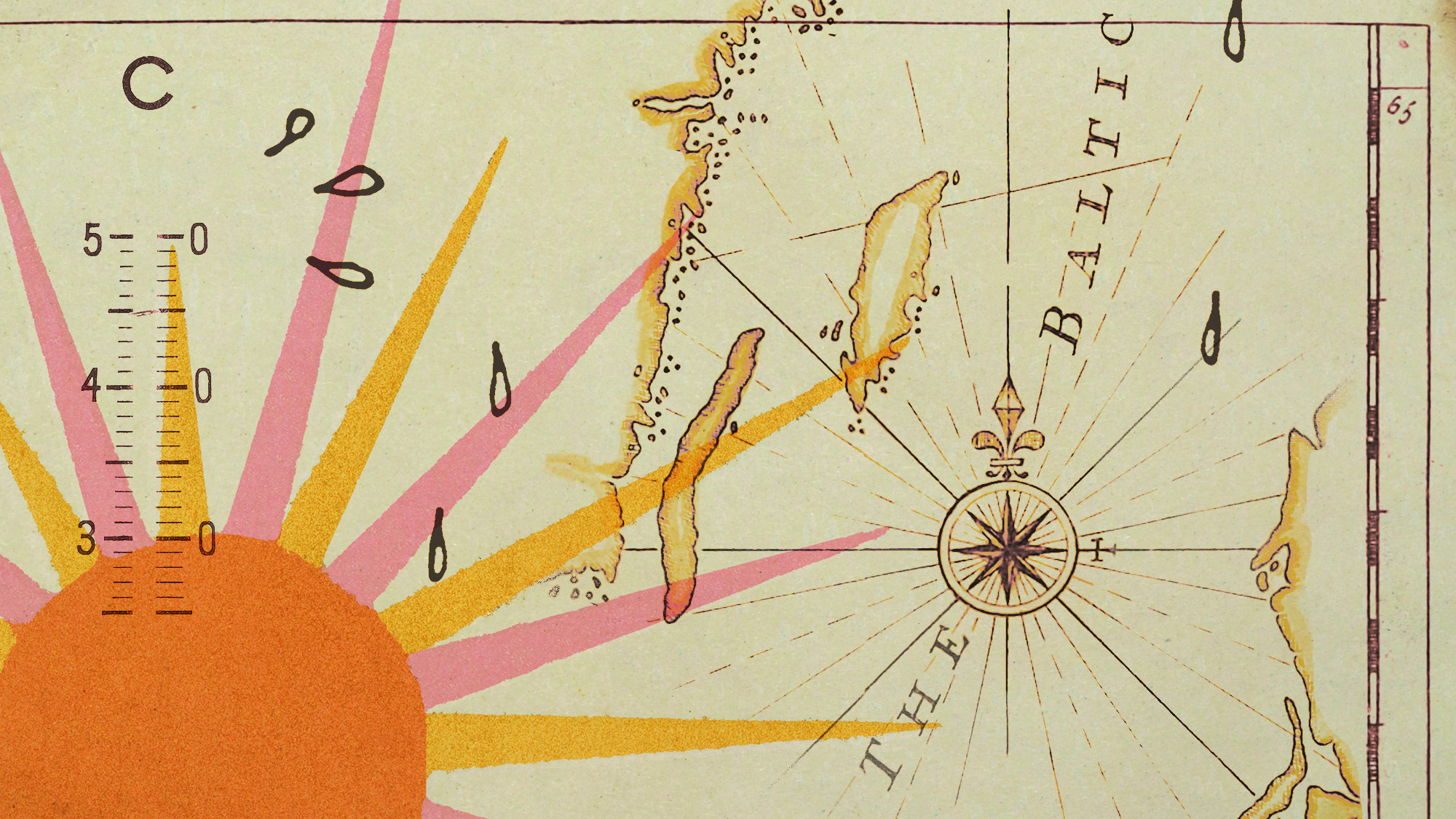 What do heatwaves mean for Scandinavia?
What do heatwaves mean for Scandinavia?Under the Radar A record-breaking run of sweltering days and tropical nights is changing the way people – and animals – live in typically cool Nordic countries
-
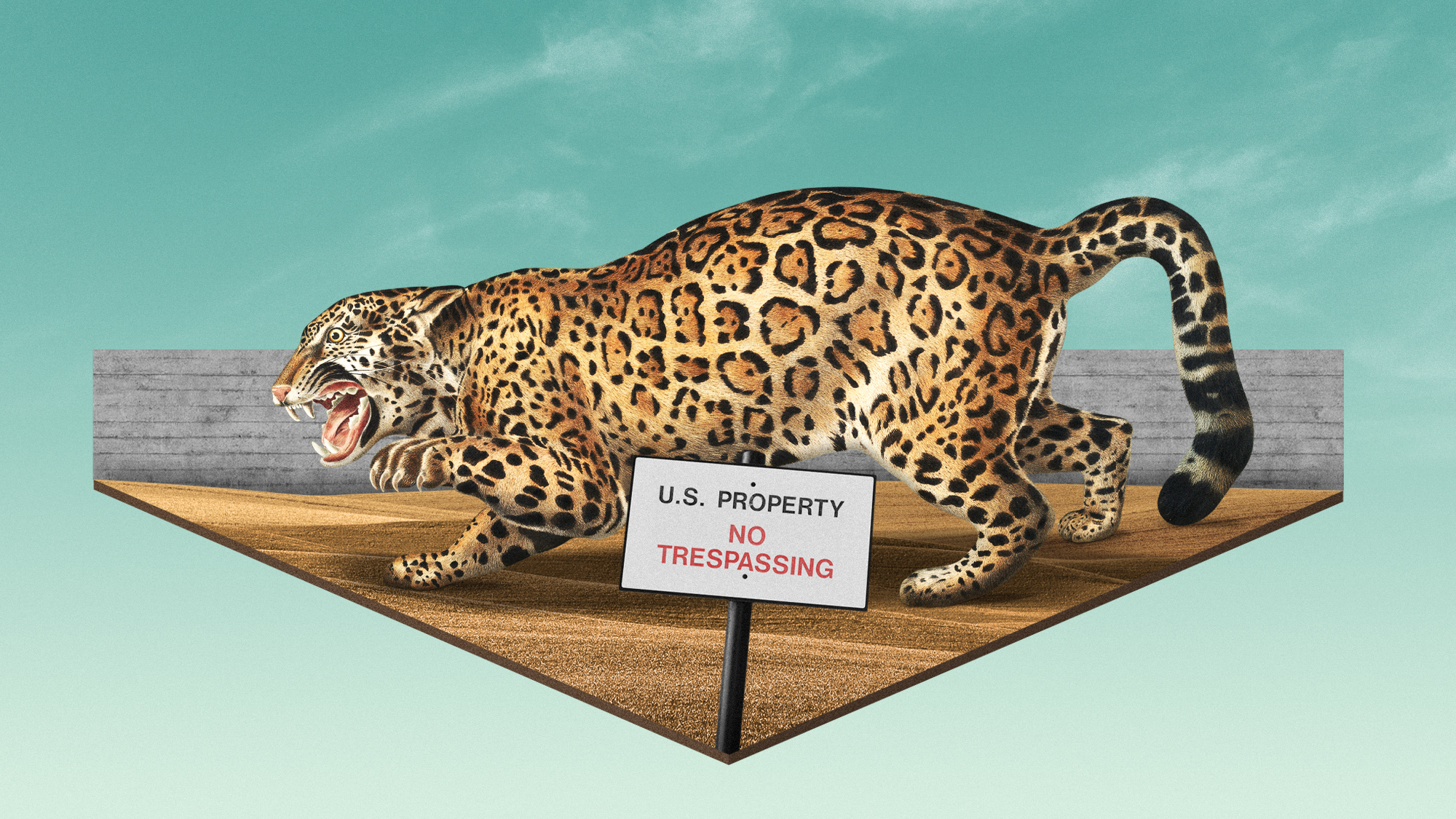 The revived plan for Trump's border wall could cause problems for wildlife
The revived plan for Trump's border wall could cause problems for wildlifeThe Explainer The proposed section of wall would be in a remote stretch of Arizona
-
 Spiking whale deaths in San Francisco have marine biologists worried
Spiking whale deaths in San Francisco have marine biologists worriedIn the Spotlight Whale deaths in the city's bay are at their highest levels in 25 years
-
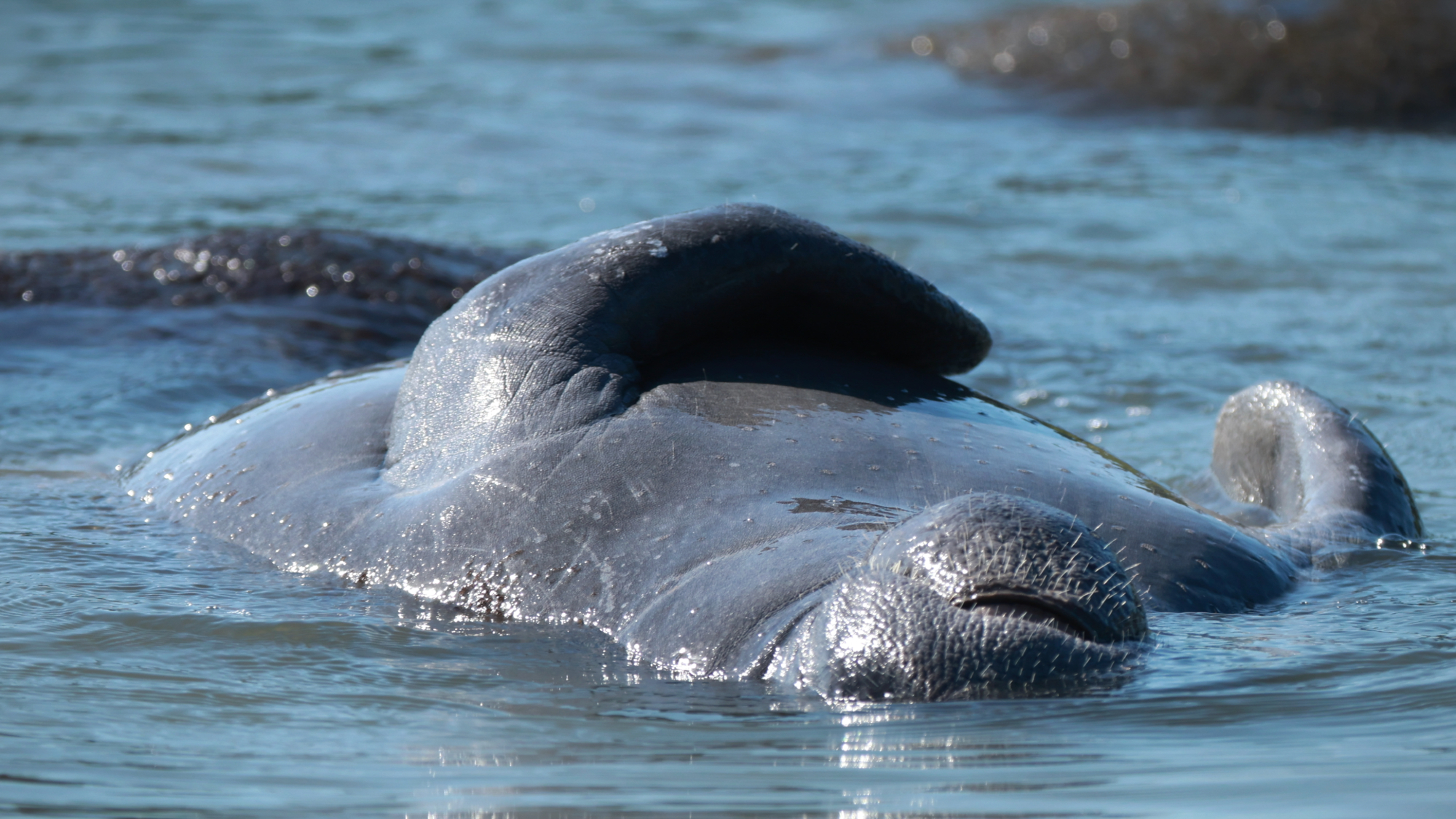 US proposes eroding species protections
US proposes eroding species protectionsSpeed Read The Trump administration wants to change the definition of 'harm' in the Environmental Protection Act to allow habitat damage
-
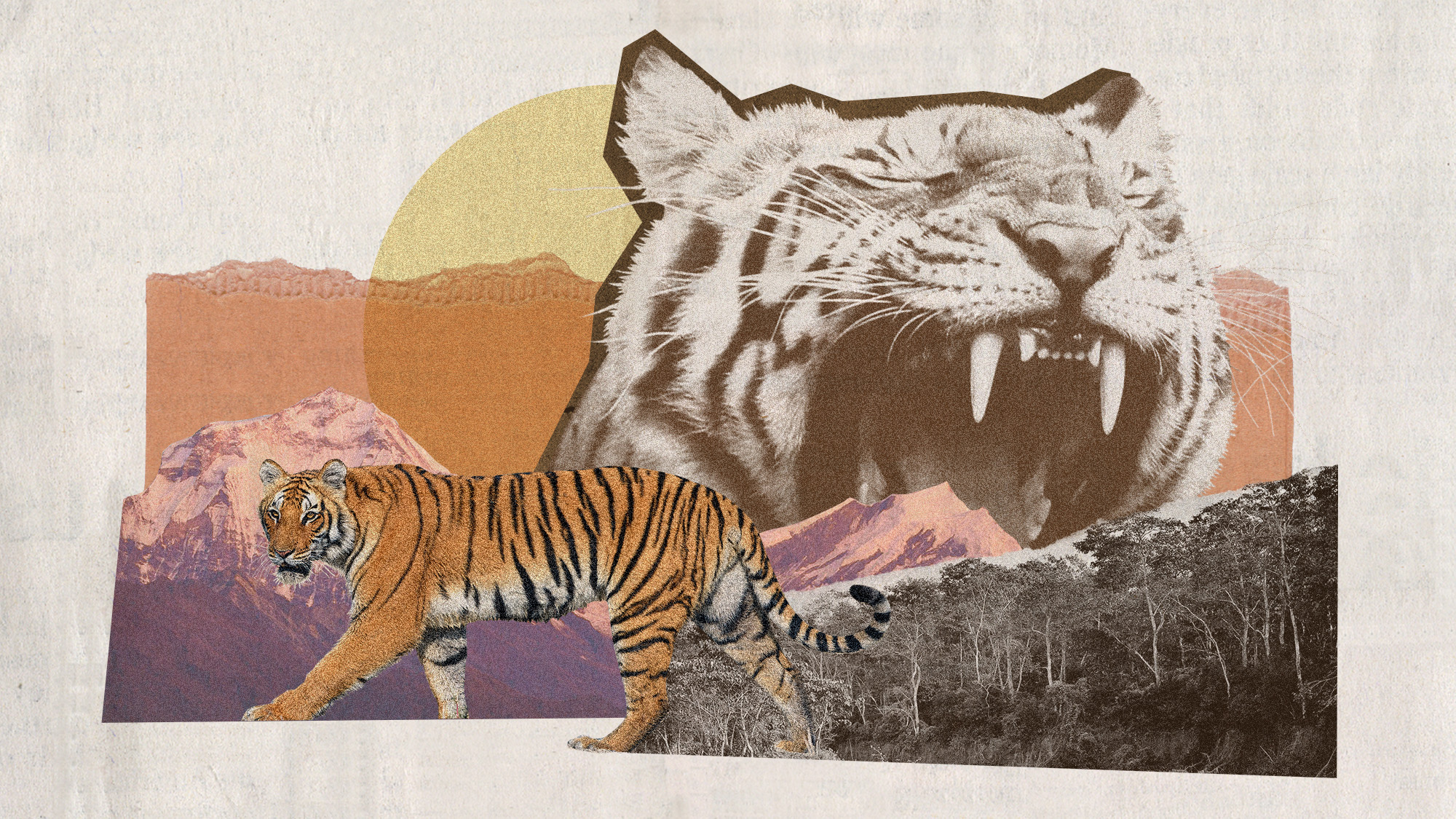 Does Nepal have too many tigers?
Does Nepal have too many tigers?Under the Radar Wild tiger numbers have tripled in a decade but conservation success comes with rise in human fatalities
-
 The controversy over rewilding in the UK
The controversy over rewilding in the UKThe Explainer 'Irresponsible and illegal' release of four lynxes into Scottish Highlands 'entirely counterproductive' say conservationists
-
 What happens to wildlife during a wildfire?
What happens to wildlife during a wildfire?The explainer Flames also affect the flora and fauna